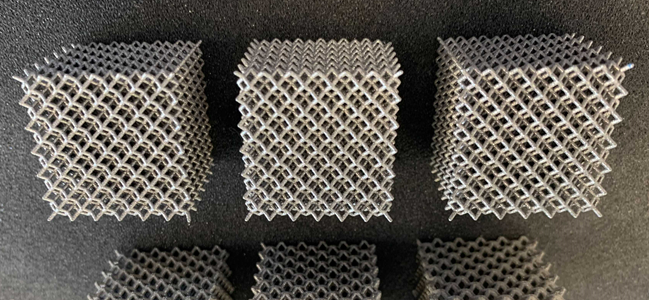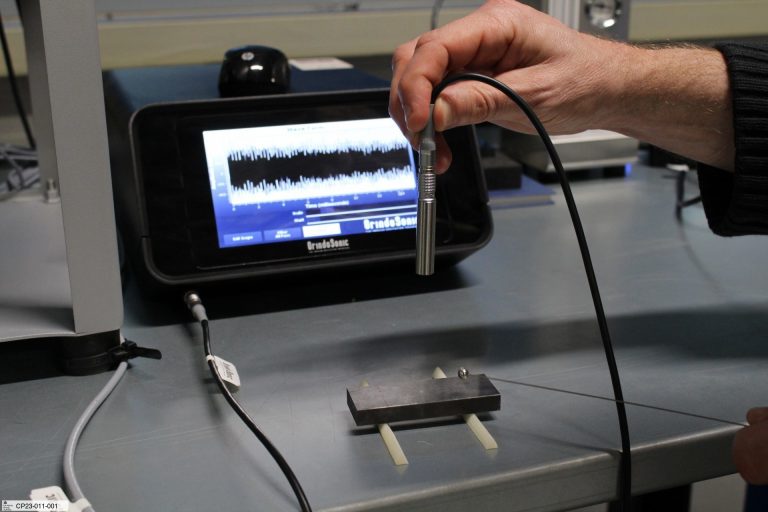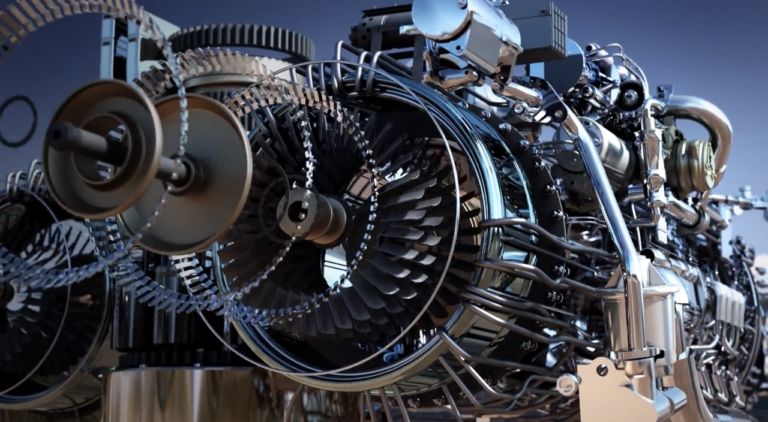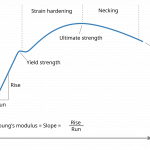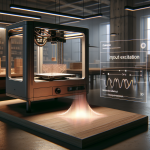
The Science Behind Frequency Peaks and Their Movement
Understanding the causal science behind frequency peaks and their movement reveals the intricate dynamics of various systems, from economics to natural phenomena. Frequency peaks indicate moments of heightened activity or response, influenced by underlying factors such as external triggers, cyclical patterns, and internal feedback loops. By analyzing these peaks, we can gain insights into the stability and resilience of systems, enabling us to anticipate changes and adapt strategies effectively.
